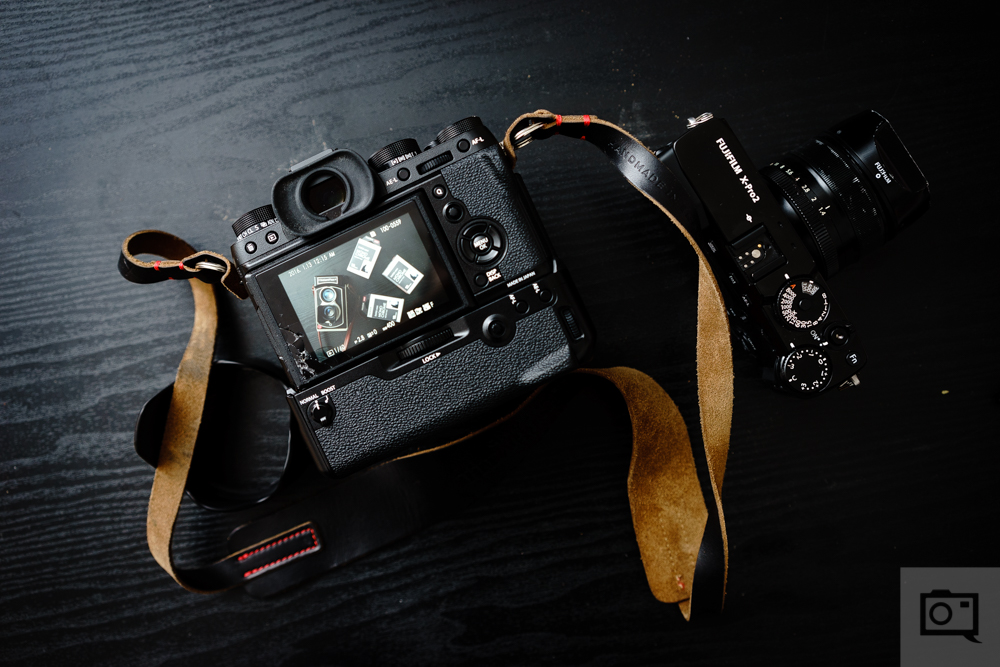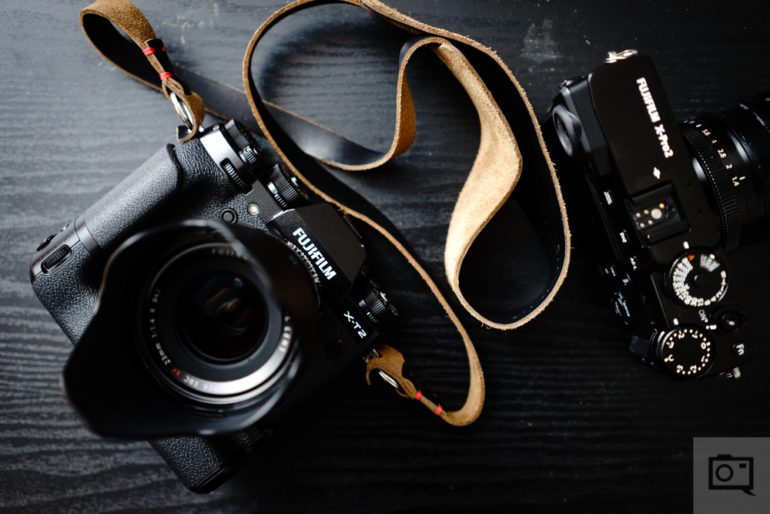Last Updated on 08/25/2018 by Mark Beckenbach
The Fujifilm X-T3 is highly anticipated by many photographers; and we predict that it will be a lite version of the Fujifilm X-H1.
There’s a whole lot of talk about the Fujifilm X-T3 online, and while we still don’t know the specifics about the camera, we’re positive that it probably won’t be what we really would like it to be. For a long time, I’ve really wanted Fujifilm to offer sensors with lower ISO settings. With the GFX 50S, I’m super happy about the lower ISO settings especially with studio work and landscape work. But with the APS-C cameras, the company has typically started their ISOs at ISO 200 in order to help the cameras perform better at higher ISOs. While this is surely commendable, I’m not so positive that many photographers shoot above ISO 12,800 on a regular basis. I personally rarely shoot at ISO 6400.
First off, I think that Fujifilm is going to try to target the Fujifilm X-T3 at sports shooters and budding photojournalists who want a serious camera that embodies the look Fujifilm has worked hard on creating. To that end, I hope Fujifilm adds the look of Superia (X-Tra) film as Superia 800 was incredibly popular with photojournalists for many years. This would be an awesome new addition to the output of the camera on top of a number of features from the Fujifilm X-H1 including:
- Image stabilization in the sensor
- Fast frame rate for shooting video
- A more pronounced grip
To be honest though, this isn’t what I personally want from Fujifilm. What I’d really like is a low ISO sensor. APS-C cameras don’t do well at high ISOs, and so I don’t understand why camera manufacturers try to fight physics with processing algorithms. What it results in are images that have a lot of muddy details at higher end ISOs, etc. A sensor that does well enough at ISO 3200 will be acceptable, but a camera that goes down to ISO 100 or so, for those of us who travel a lot, may be ideal. When traveling, you’re most likely going out during the day time and wouldn’t even need ISO 400.
If you shoot film, you’ll probably know and understand this. Go outside during a bright day with ISO 400 film loaded into your camera and you’ll see that you’ll really need to stop your lens down when shooting. But if you’re shooting at ISO 100, ISO 50, etc then the problem won’t be that apparent. ISO 200 is pretty high still. I tend to use Fujifilm for the film-like adherence and their embrace of all things old school. It obviously does well for them.



